 History
History  History
History  Animals
Animals Ten Times It Rained Animals (Yes, Animals)
 Mysteries
Mysteries 10 Devastating Missing Child Cases That Remain Unsolved
 Creepy
Creepy 10 Scary Tales from the Middle Ages That’ll Keep You up at Night
 Humans
Humans 10 One-of-a-kind People the World Said Goodbye to in July 2024
 Movies and TV
Movies and TV 10 Holiday Movies Released at Odd Times of the Year
 Politics
Politics 10 Countries Where Religion and Politics Are Inseparable
 Weird Stuff
Weird Stuff 10 Freaky Times When Famous Body Parts Were Stolen
 Miscellaneous
Miscellaneous 10 Interesting Things Manufacturers Stopped Making and Why
 Gaming
Gaming 10 Funny Tutorials in Games
 History
History 10 Desperate Last Stands That Ended in Victory
 Animals
Animals Ten Times It Rained Animals (Yes, Animals)
 Mysteries
Mysteries 10 Devastating Missing Child Cases That Remain Unsolved
Who's Behind Listverse?

Jamie Frater
Head Editor
Jamie founded Listverse due to an insatiable desire to share fascinating, obscure, and bizarre facts. He has been a guest speaker on numerous national radio and television stations and is a five time published author.
More About Us Creepy
Creepy 10 Scary Tales from the Middle Ages That’ll Keep You up at Night
 Humans
Humans 10 One-of-a-kind People the World Said Goodbye to in July 2024
 Movies and TV
Movies and TV 10 Holiday Movies Released at Odd Times of the Year
 Politics
Politics 10 Countries Where Religion and Politics Are Inseparable
 Weird Stuff
Weird Stuff 10 Freaky Times When Famous Body Parts Were Stolen
 Miscellaneous
Miscellaneous 10 Interesting Things Manufacturers Stopped Making and Why
 Gaming
Gaming 10 Funny Tutorials in Games
Top 10 Little-Known Facts About Wolves
Arguably no other animal on earth has been as important to humans as the wolf. They were gods in the Norse mythologies and nursed Romulus and Remus, the founders of Rome. Most importantly, the wolf was the first animal to ever be domesticated by man, a process still shrouded in mystery that took place well over 10,000 years ago. They have been our dearest friends and direst enemies, and yet there is still so much we don’t know about them.
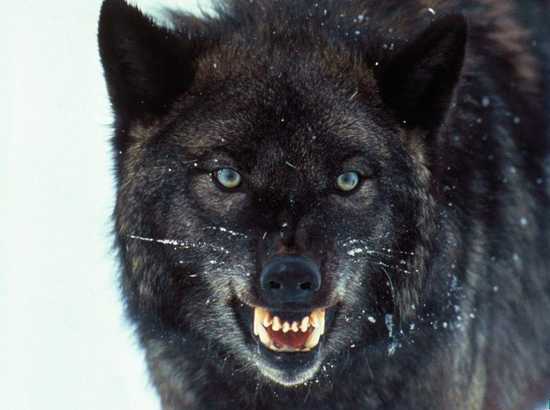
Fact: Black wolves don’t occur naturally.
A 2008 study at Stanford University found that the mutation responsible for black fur occurs only in dogs, so black wolves are the result of gray wolves breeding back with domestic canines. The mutation is a dominant trait, like dark hair in humans, and is passed down to the majority of offspring. It is not entirely clear what benefit black fur has for the animals; they do not seem to be more successful hunters, but do show a marked improvement in immunity to certain infections. Black wolves are far more common in North America than they are in the rest of the world.
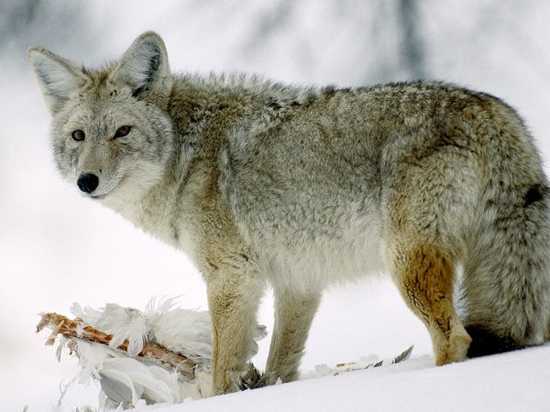
Fact: A large percentage of coyotes are actually wolf hybrids.
In areas where wolves have been largely eliminated, coyotes have thrived. Over the last few years, large populations have moved east, into suburban areas and even major cities like New York and Chicago. Genetic testing on 100 coyotes caught in Maine revealed that 22 had some wolf ancestry. Coywolves are generally bigger than regular coyotes, but smaller than wolves, and are said to be extremely cunning. They exhibit a fearlessness of human civilization as seen in coyotes, but seem to maintain the wolf’s pack hunting instinct and high level of aggression.

Fact: Cannibalism is common amongst wolves.
Wolves are extremely opportunistic carnivores, and they will not miss a chance at a meal. Living in some of the most unforgiving terrain on the planet, they are sometimes forced to eat sick or injured members of the pack, and any wolf that has died is generally fair game. Wolves caught in snare traps must be very quickly attended to by hunters or they will be torn apart by other wolves. When two packs come into contact, very often they will engage in a fatal battle, with the alpha males most often being killed. Sometimes they are even eaten by their own offspring.
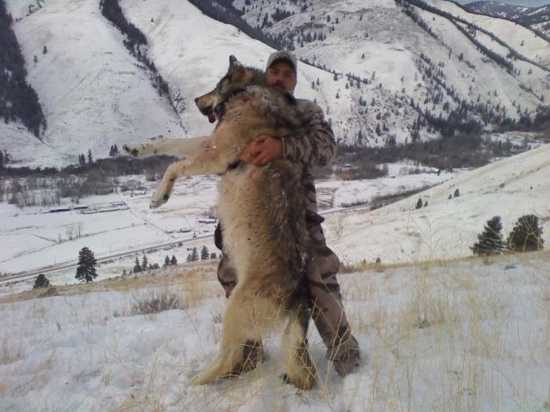
Fact: The heaviest wolves can approach 200lbs.
Wolves increase exponentially in size the further they are from the equator. Wolves of the tropics are often no larger than medium sized dogs, but those of the far north (Alaska, Canada, and Russia) can be in excess of 120lbs. The largest wolf ever killed in North America was taken in Alaska in 1939 and tipped the scales at 175lbs. In the former Ukraine SSR, a still more massive wolf was killed that weighed 190lbs. There are unsubstantiated reports of 200lb+ specimens, presumably alpha males in areas that boast a steady food supply.
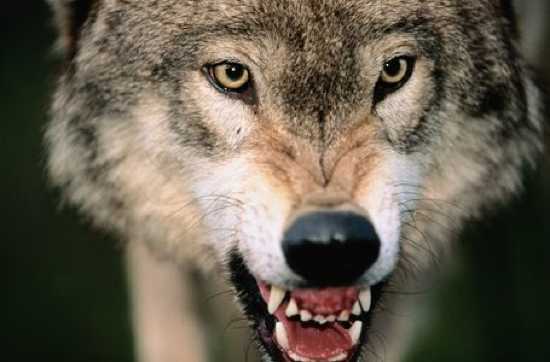
Fact: Rabid wolves are extremely dangerous.
Although wolves are not a major vector of rabies, they can catch it from other species such as raccoons and fox. Unlike some animals, which display lethargy and disorientation, wolves fly almost immediately into a rage when they contract the disease. A significant number of attacks on humans are tied directly to rabies. Such incidents have dropped off precipitously over the years, but a few still occur every year. Although there are obviously treatments available for people bitten by rabid animals, the wolf’s propensity is to bite near the head and neck, and oftentimes the virus reaches the brain before medical help can be sought.
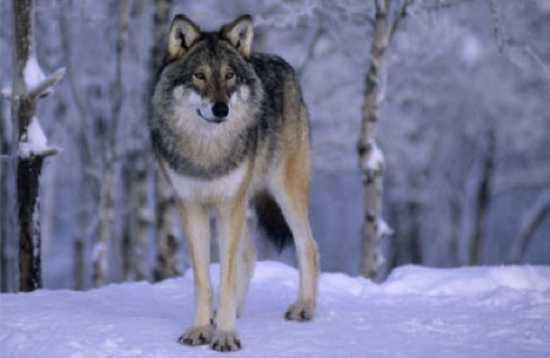
Fact: Wolves in the Americas are less likely to attack humans than elsewhere in the world.
There are very few verifiable records of wolf attacks in the US and Canada, but in Europe and Asia, wolves are far nastier. Historical accounts indicate over 3,000 people killed in France between 1580-1830. In the Middle Ages throughout Europe, special structures were built along highways for travelers to take refuge from roving packs. The wolves of India and Russia are also particularly well known to claim human victims. During World War I, soldiers from the Allied and Central Forces were occasionally forced to join forces fighting off starving wolves attracted by the scent of blood on the battlefield.
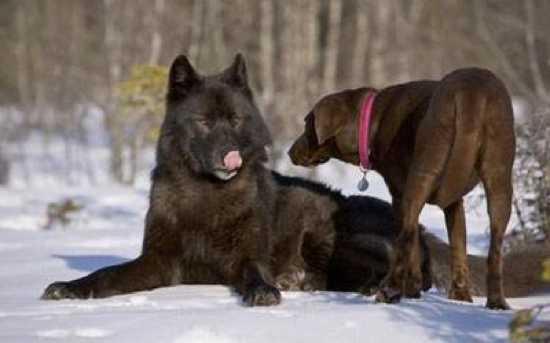
Fact: Wolves find dogs delicious.
Although they are closely related (practically the same species) and can readily interbreed, many wolves consider dogs prey items. In a fight, the even large dogs are generally outmatched, as wolves of equal size have larger teeth and a more devastating bite. In Russia, where stray dogs have become a serious problem since the fall of the Soviet empire, they have become a staple in the diet of wolves. Often, a single wolf will solicit a dog to follow, and lead it into an ambush by the remainder of the pack. Only the largest and fiercest livestock guardians such as Caucasian Shepherds generally have a chance defending themselves

Fact: The black plague put humans on the menu.
The Black Plague, which devastated Europe in the Middle Ages, may explain much of the strained dynamic between wolves and humans. With corpses stacking up way faster than they could be buried or burned, it was only natural that wolves would gather at the edges of cities to feast on the dead. In doing so, whole generations developed a taste for human flesh and likely began viewing us as prey items. No doubt horrified, the highly superstitious people began spinning tales, contributing to already prevalent beliefs of werewolves, vampires, and ghouls.

Fact: Smallpox did too.
Smallpox brought to the Americas by European settlers had a devastating effect on the natives. Having had no contact with the disease in the past, their immune systems were defenseless, and of those who contracted it, 80 to 90 percent died. Swedish naturalist Peter Kalm, sent to America in 1748, records that in the period preceding the Revolutionary War smallpox was at a particularly devastating point along the east coast. Sensing an easy meal, wolves invaded the Indian villages, devouring the bodies and helpless sick. Although many Native Americans revered wolves, they also exhibited a healthy fear, especially in wooded areas, where one could encounter them unexpectedly and at close range.
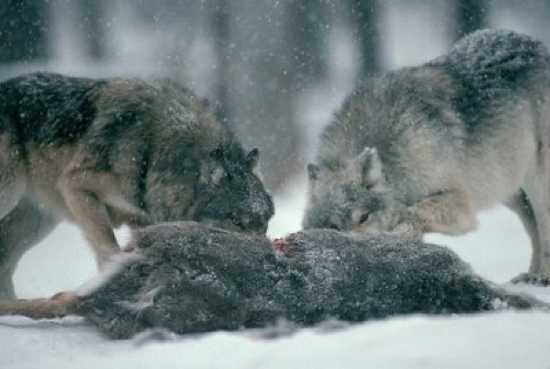
Fact: Wolves eat their prey alive.
As reported above, wolves will eat nearly anything to stay alive, but their preferred meal is large ungulates (such as deer, moose, and elk). Unlike bears or big cats, wolves do not have an anatomical weapon capable of quickly dispatching such large animals. They kill by attrition, the entire pack swarming and slashing at the haunches and perineum, ripping away at the legs and the gut, until their victim collapses from exhaustion. They begin eating immediately, even though the prey is often still alive for quite some time.








